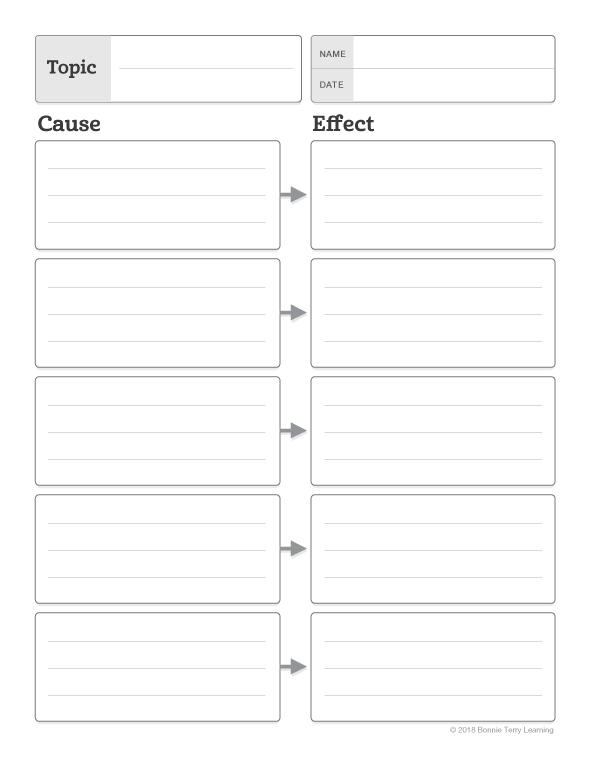Topic Note-Taking Forms
These forms make taking notes on social studies, science, videos, lectures, or any textbook much easier. Some of the forms have space for drawing pictures or ‘doodling’ notes. Doodles help you visualize and remember what you have heard or read. Be sure to mark important information with a star or asterisk. Using colored pencils or markers also helps retain information.
If you are taking notes from a whole chapter of a textbook, use multiple copies of the forms and staple them together. Continue over multiple forms or sections if you run out of space.

